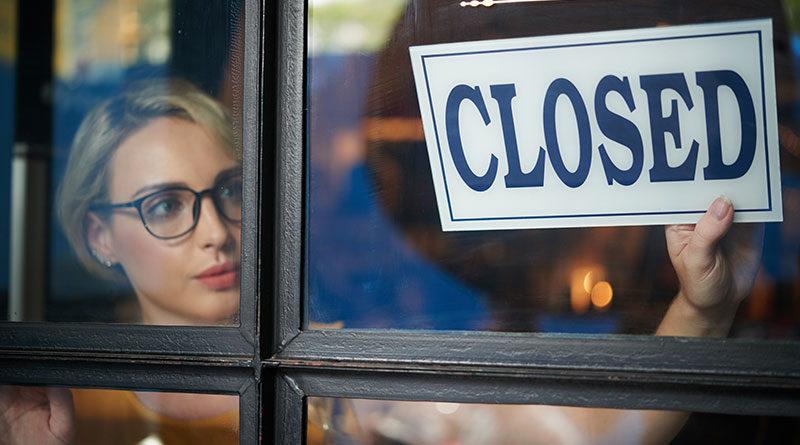Hospitality Insolvencies Jump 16% With No Let-Up In Tough Trading Conditions

Company Insolvency Statistics show accommodation and food service insolvencies increased 16% in the year to July 2024 (from 3,292 in the 12 months to July 2023, to 3,822 in the 12 months to July 2024), but were static month-on-month in July 2024.
Saxon Moseley, head of leisure and hospitality at leading audit, tax and consulting firm RSM UK, comments:
“Today’s insolvency figures highlight the continuing impact of some really tough trading conditions for the leisure and hospitality sector. These numbers show just how critical the upcoming Budget will be for businesses that continue to struggle against a backdrop of economic headwinds, particularly in terms of food inflation, increasing wage costs and high interest rates.
“Looking at today’s numbers, the consensus appears to be that aside from pubs, leisure activities had an underwhelming summer due to poor weather and slow-to-recover consumer confidence. The trading environment therefore remains particularly challenging, especially for mid-market operators, with rising wage costs and food inflation not being matched by increased customer spending. The Bank of England’s decision to hold interest rates at 5% this week will also frustrate some businesses as this continues to keep interest payments higher on COVID loans, which many operators took out to survive the pandemic.
“While confidence has been slowly improving, recent news of potential tax rises in the autumn has dented the mood of the nation’s consumers. The fiscal measures we will see unveiled on 30 October will not only determine the long-term viability of many businesses, but it will also define medium-term consumer spending, which in turn could either help save businesses or be the final nail in the coffin.”
Lucy Trott, Senior Associate, Stevens & Bolton, commented:
“The latest insolvency statistics support a maintenance of the status quo since the pandemic, revealing high levels of insolvencies and creditors’ voluntary liquidations (CVLs) in particular.
CVLs are being used to shut down businesses which have reached the point of no return where directors are concerned about incurring any further liabilities, as opposed to situations where creditor pressure forces companies into compulsory liquidation. Anecdotally, we understand that CVLs are often being used by companies that have little to no assets which leaves any insolvency practitioner appointed little in the way of a ‘fighting fund’ to investigate and pursue any claims against third parties or directors, and could therefore be open to abuse.
However, directors should not see CVLs as a get out of jail free card because the liquidator will still need to file a report on directors’ conduct in the lead up to insolvency which, if adverse, could result in disqualification proceedings.
While the numbers of CVLs have now reached the highest levels on record, it is interesting to note that overall insolvency numbers are still nowhere near the levels seen during the 2008 financial crash. With interest rates predicted to drop again before Christmas, pressure on businesses should start to ease.”
